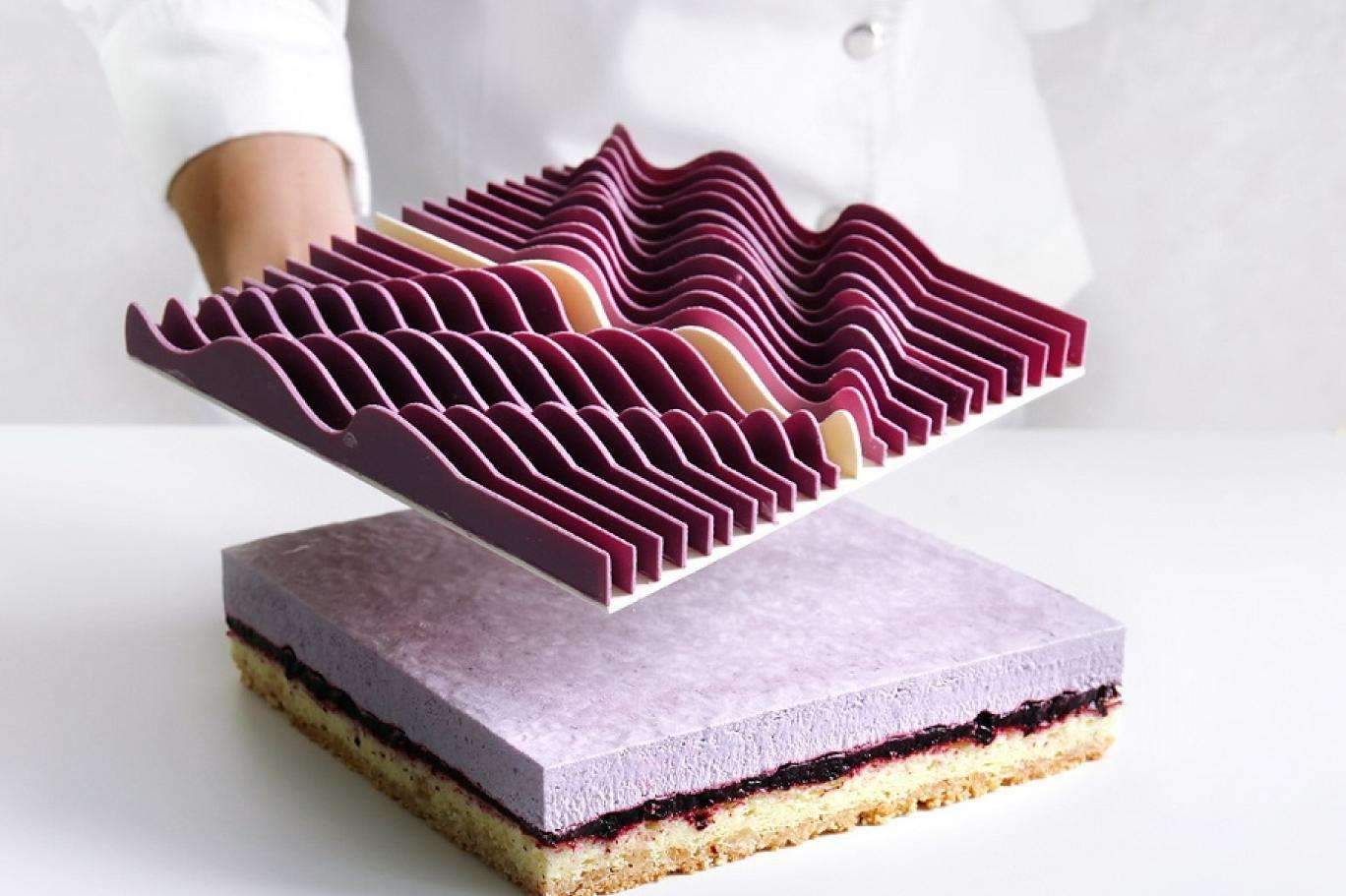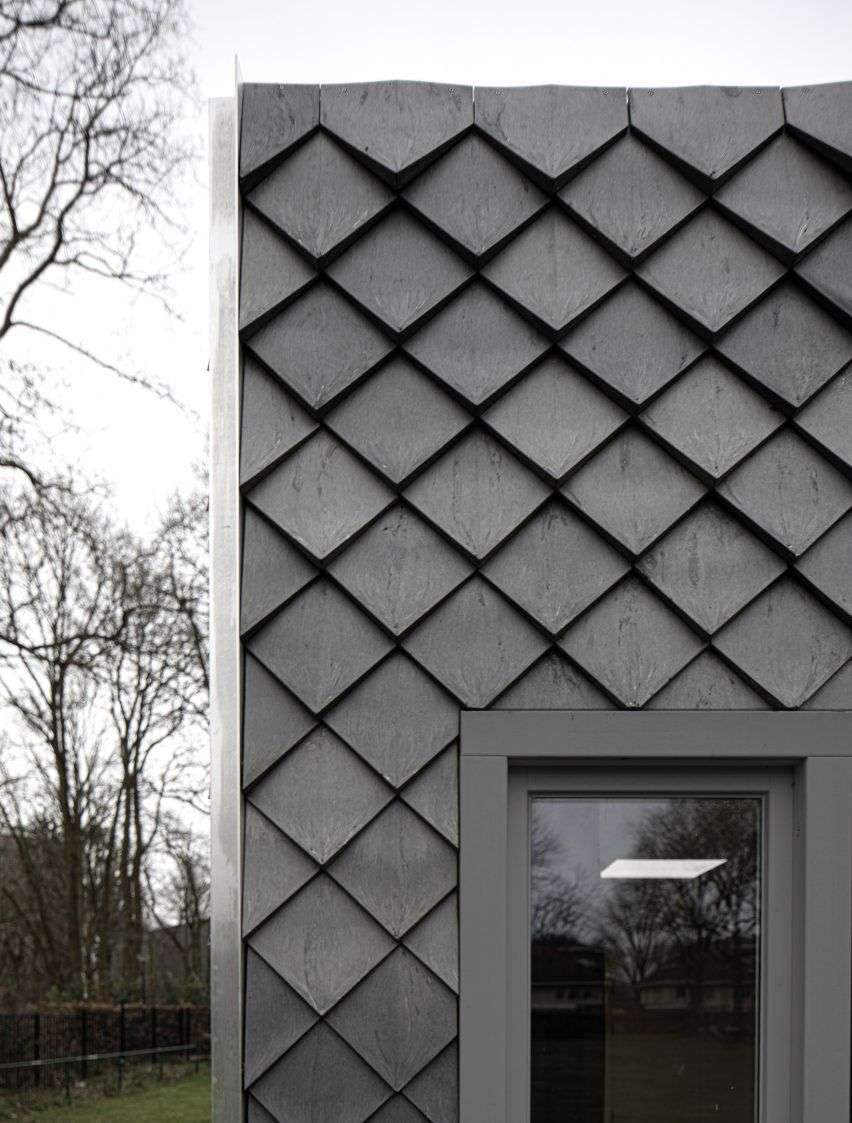
Food is no longer just a simple food that provides man with one of his natural needs. Rather, it has become today in the contemporary world, history, traditions, identity and memory of the place, intersecting in that with the art of architecture, so that skilled cooks used geometric shapes and relationships between them, in order to reach ways Innovative presentation.
The idea of serving food, or the so-called presentation, has always been an obsession among culinary creators, as they seek to coordinate tables for social meetings of all kinds. The artistry was to simulate formations or build new forms, using natural ingredients, which form a visually striking structure, meeting in Many aspects of it with architecture.
One rules and concepts
Both arts, architecture and cooking, have their rules and foundations, and they fulfill two important needs on the scale of human needs; Eating and housing, the link between them is very close, not only on the technical level, but on the psychological, social and emotional levels as well, as cooking, as well as architecture, is linked to the culture of the community, each of which has its social importance as a reflection of the environment and affected by it, and both are affected by events, new shouts and advertisements. and marketing, and reflect the surrounding environment and give a special character and a unique identity to each fond of them.
Based on this connection, it was natural for the idea of cooking to evolve from just a delicious, useful or healthy content, to an attractive form, especially in the consumer era, which invests all its psychological and sociological knowledge for the sake of marketing and selling, but at some point this development began to take a more direction balance and precision, bringing it to elaborate geometric structures and formations, and independent blocks that are combined in stages; To achieve a presentation that attracts the eye and the heart at the same time.
Throughout history, architecture represented society in all its details, and reflected social values and the prevailing culture, and took this into account in its development. We want to communicate it about ourselves and the world at large, and in psychological impact as well.
Just as there is a relationship between engineering and architectural spaces and human behavior, psychological state and productivity, there is a strong relationship between cooking and psychological state, until the Arabs said, “Tell me what you eat, and I will tell you who you are.”
A person’s food preferences also express and reveal secrets, behavioral and psychological characteristics, depending on linking the preferred types of spices and cooking method, with personal qualities related to the degree of courage, creativity, adventure or adherence to traditions and love of solitude and others.
food engineering
Some went further in the careful analysis of the personality, to judge the person as lustful, bossy, weak-willed, distinguished, or ordinary. Just as good architecture leads to good human communication, so does good food.
Architecture is defined as “the art or practice of designing and constructing structures.” It applies aesthetic criteria and serves a specific function, depending on its location and the purpose for which it is intended. The design rules of a modern skyscraper in a global financial center differ from those of designing a modest library in Small town.
Similarly, food engineering can be defined as “the art of designing and manufacturing foods.” Food is also designed within the framework of achieving a certain aesthetic and function, and varies according to the quantity required and the place in which it will be served, and both architects and cooks must consider aesthetics, costs, schedules and condition within a particular context. , safety, prevention and properties of the available materials.
While architects use bricks, wood, metal, cement and glass to design and build structures with specific requirements, and have to know the properties of each of these materials and their performance in various environments, chefs also use the building blocks, in the form of simple food ingredients or pre-made materials, with full know-how in How to group them into specific structures, how they interact and the forces that hold them together.
Architectural formations and 3D printing
Modern formations appear, especially in cake molds, due to their basic concept that depends on the foundation first, then building shapes in the form of layers of equal sizes or gradient in some way, covering the base with liquid layers, and finally using some supporting additives, which is what the chef implemented, for the first time Ukrainian Dinara Kasko, who studied architecture first, but chose to invest what she learned in confectionery.
Dinara has produced a series of cake designs, based on 3D printing to help build silicone molds, using it as the basis or structure for forming cake molds, and it uses in the art of confectionery the mathematical principles of the Voronoi diagram, as well as biomimetic or imitation of natural models.
The work begins by drawing a digital model on a 3D design program, such as 3Ds Max or AutoCAD, then prints the mold that prepares the prototype, to pour silicone on it, and after waiting for several hours, the mold is ready to be filled with the various nutritional ingredients on which the recipe is based Cakes are arranged inside the mold according to a pre-prepared design. After freezing, the last stage begins, which includes covering and coating the mold, in a process similar to the external cladding of buildings.
Dinara designed a cake that she called “cluster cake”, in which she relied on the Voronoi scheme, so she divided the square shape into a group of random boxes that resemble the effect of stone or the crack produced by a fracture, thus obtaining a set of pieces of different shapes and sizes, and by cutting some of them, I got a cake mold Stone protrusions and formations.
Finally, this art relies in most of its stages on the principle of gradation, proportion, proportionality, symmetry, chromatic tabs and variation, and on what is called in design science hierarchy, alignment and unity, and other basic concepts in design.
Source: Independent Arabia





